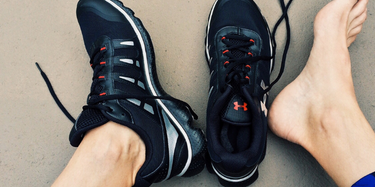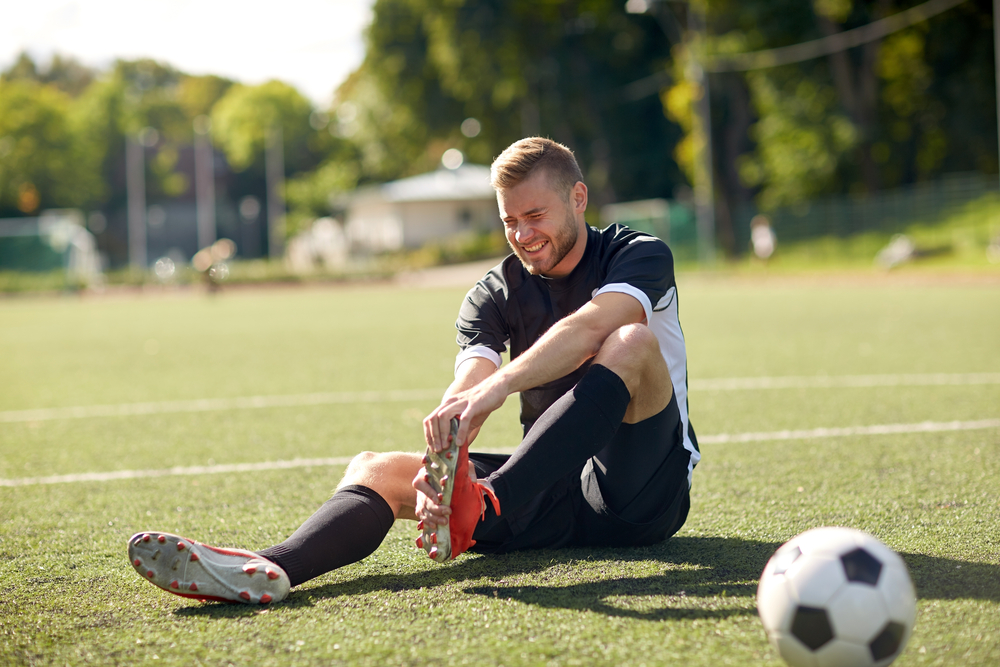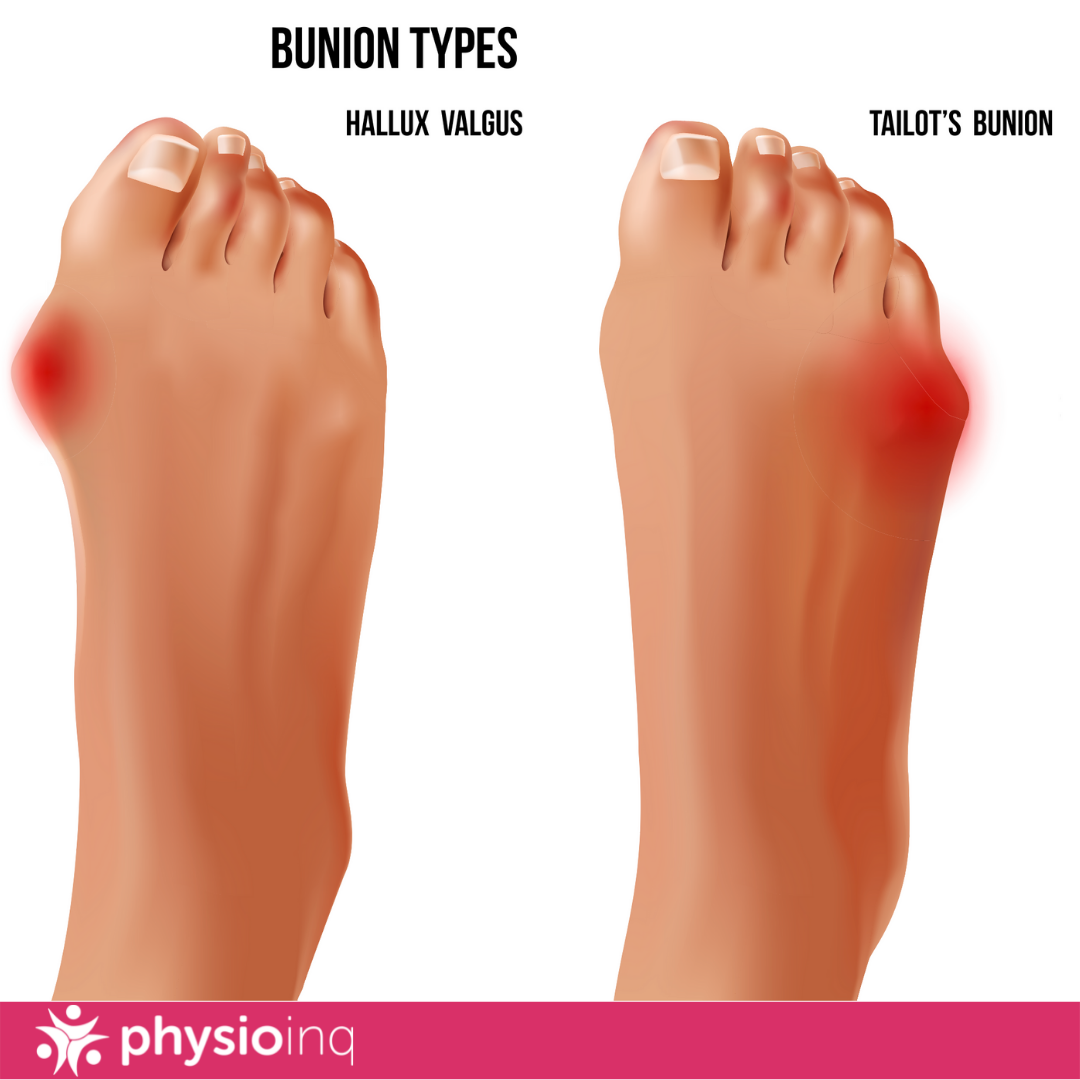Make an Appointment
First of all, find out what foot arch you have and your degree of pronation. You can easily do this by wetting the sole of one of your feet and then making a footprint on a piece of kitchen paper or concrete.

Arches and pronation
Normal arches show a broad band connecting toes and heel, flat arches show a full contact footprint of all the sole and high arches show only a narrow band connecting toes to heel. This will tell you whether you need Motion Control, Stability or another special type of running shoe.
- Normal arches have neutral pronation – Cushion shoes
- Flat arches have over-pronation – Stability or Motion Control shoes
- High arches have under-pronation (also called supination) – Cushion shoes
Here are some useful tips to help you get proper fitting running shoes:
- Ask to try suitable shoes from three different brands if possible and bear in mind that the majority of runners need more motion control as they age.
- When you have the shoe on, the widest part of your foot - the ball of your foot - should match the widest part of the shoe exactly.
- To check the width, your foot should be positioned against the sides without feeling pressure or the shoe is wider than your foot. Check you don’t feel any toe-pinching from the sides, too.
- Stand on one foot, because this places extra stress on the shoe and helps you feel if it’s going to be a good fit or not. Your foot shouldn’t be able to move around too much on the mid-sole or feel as if it’s spreading over the sides.
- Check if the balance is right for you by walking about to see if the shoes seem to be making you lean in a certain direction.
- You should have plenty of toe space and your heel should never slide out of the shoe. Think about the extra impact of downhill running when you’re checking space within the toe box.
- Make sure there aren’t any uncomfortable seams pressing against your foot that could cause painful blisters.
The right fit is the most important aspect of running shoes, so take your time over proper fitting - for running shoes that’ll carry you to a comfortable victory!
Date Published: Monday, August 8, 2016
Need to get into direct contact with ur Client Services team? We're all ears. Call our team directly on 1300 731 733








